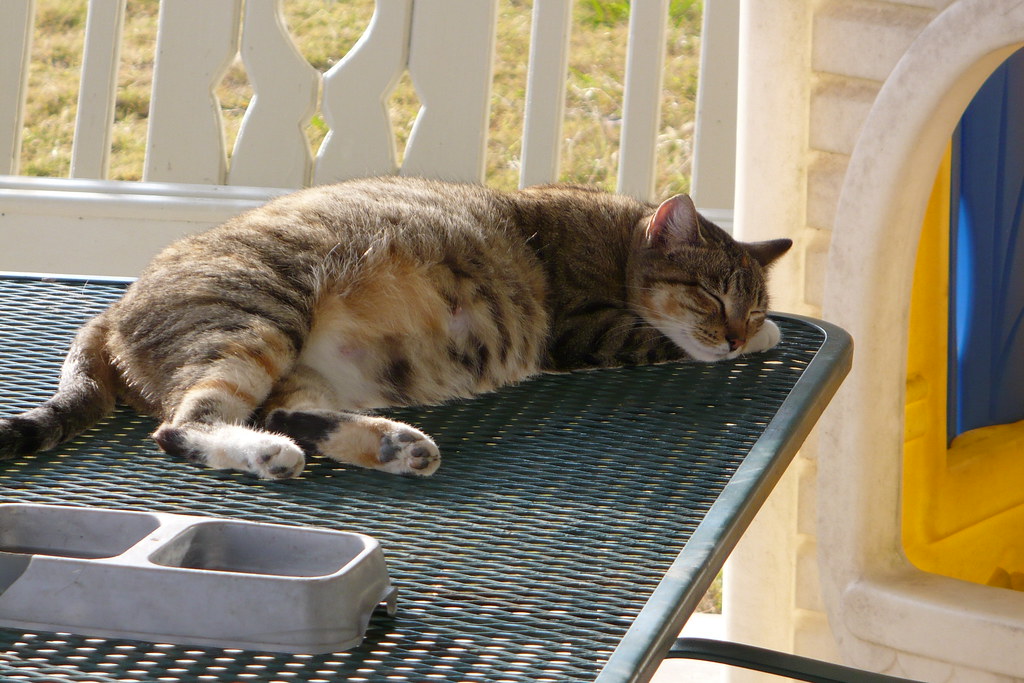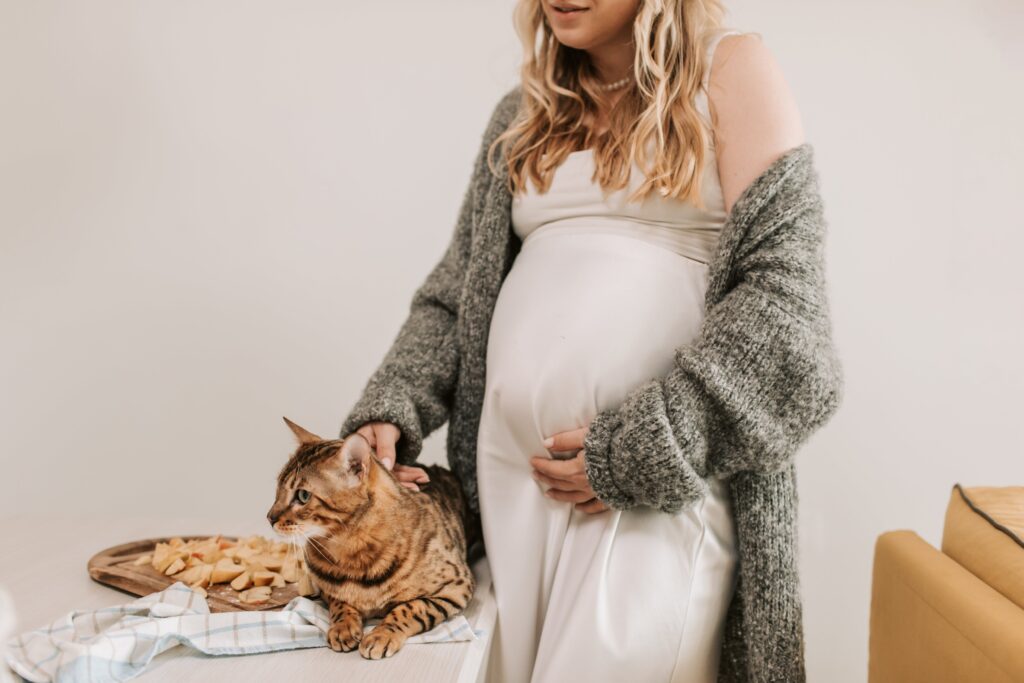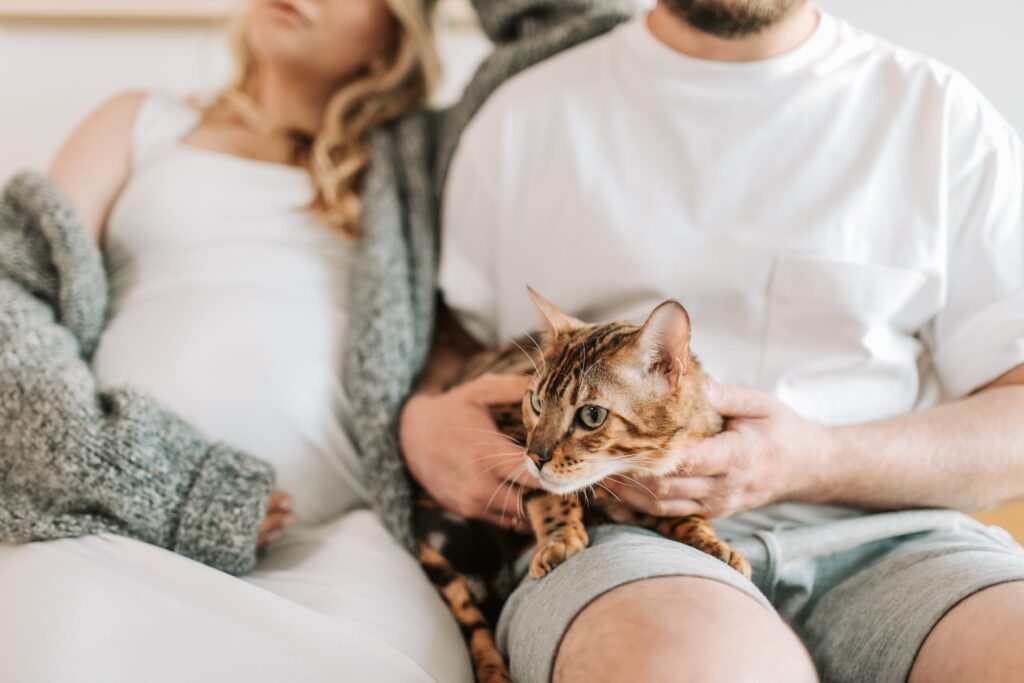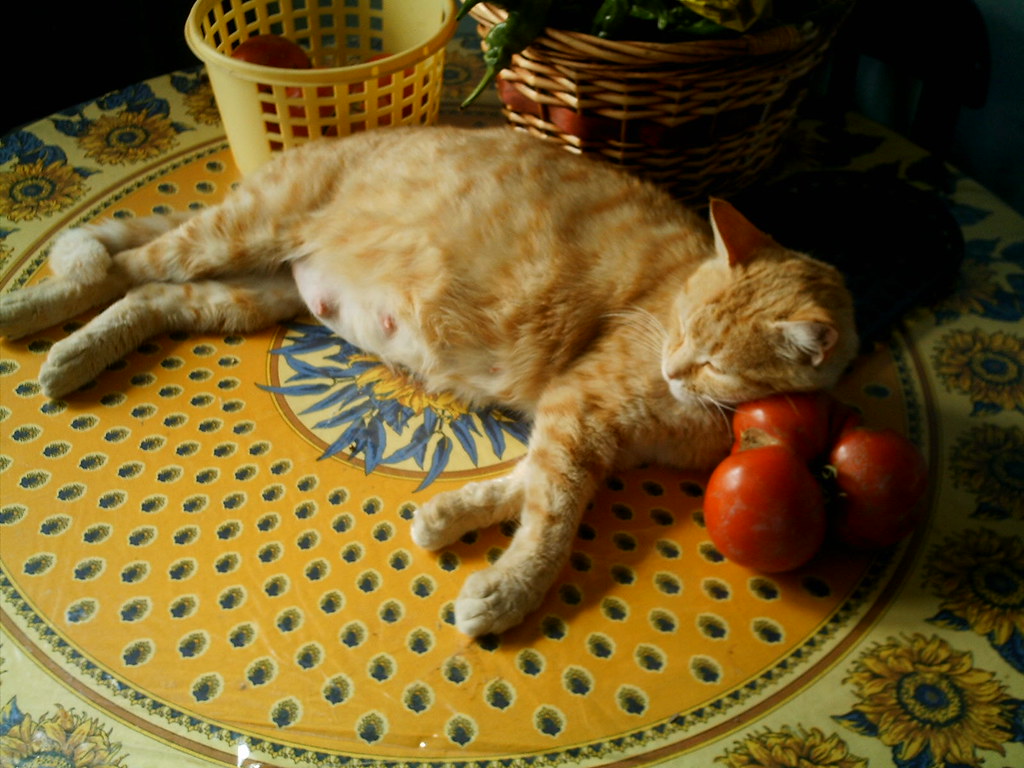How Can I Tell If My Cat Is Pregnant ?

How Can I Tell If My Cat Is Pregnant :- Is there a chance that your cat might be expecting? It’s a plausible scenario, especially if your cat is unspayed and has been in the company of male cats. The early signs of cat pregnancy manifest in both physical and behavioral changes just a few weeks after mating. Let’s explore how to identify if your cat is pregnant.
Have you noticed your female cat putting on some extra weight, sparking suspicions of a possible pregnancy? Our knowledgeable veterinary experts at Richmond have provided insights into additional signs that may indicate cat pregnancy. Continue reading to discover more about what to observe and the recommended steps you can take.
Cat pregnancy
Similar to humans, cats experience periods of heightened fertility referred to as being in season or in heat. Cats can enter this phase approximately every three weeks, providing ample opportunities for your pet to become pregnant.

To prevent the possibility of an unplanned litter of kittens, we strongly advise neutering your cat before her first season, as she becomes highly susceptible to pregnancy thereafter. Managing a litter can be stressful for your cat and financially demanding for you, making it advisable to leave breeding to experienced professionals whenever possible.
Signs of Pregnancy in Cats
How Can I Tell If My Cat Is Pregnant ? A pregnant queen, referring to an unspayed female cat in pregnancy, exhibits both physical and personality changes that become more pronounced around three weeks after mating. Notable signs include swollen nipples, an enlarging abdomen, and nesting behaviors.
The gestation period for cats typically spans 64 to 66 days, with 63 days or nine weeks considered an average feline gestation period.
Physical Changes in a Pregnant Cat:
1. Cessation of Heat Cycles: The discontinuation of regular heat cycles, occurring every 10 days to two weeks, is often an initial indication of pregnancy.
2. Swollen and Rosier Nipples: Known as “pinking-up,” this visual change is usually noticeable around three weeks into the pregnancy, accompanied by a slight discharge.
3. Appetite Changes: A pregnant cat may experience a decreased appetite early in pregnancy, followed by an increased interest in food during the second half.
4. Weight Gain: Most pregnant queens gain approximately 2 to 4 pounds of body weight over the course of pregnancy.
5. Vomiting: Occasional bouts of “morning sickness” may occur, but persistent or frequent vomiting warrants veterinary attention.
6. Enlarged Abdomen: Around the fifth week of pregnancy, the cat’s abdomen starts visibly swelling, continuing to enlarge until birthing. Detecting an enlarging belly may be more challenging if the cat was initially overweight.

Personality Changes in a Pregnant Cat:
1. Increased Affection: Pregnant cats may become more affectionate, seeking attention from their owners while becoming less tolerant of other household pets.
2. More Sleep: Many pregnant queens sleep for more extended periods than usual.
3. Nesting Behaviors: Nesting typically begins a couple of weeks before giving birth, with cats seeking a secluded spot and showing a preference for dragging blankets or soft items into their chosen space. Providing a birthing box can help guide their choice of a suitable birthing location.
Being attentive to these signs can aid in identifying and preparing for a cat’s pregnancy journey.
How to Care for a Pregnant Cat
How Can I Tell If My Cat Is Pregnant :- Now that you’ve confirmed your cat’s pregnancy, ensuring she receives proper care during the 58 to 67 days of gestation is crucial. Despite their inherent independence, pregnant cats require special attention. Here’s a guide on how to care for a pregnant cat during the gestation period.

How to prevent cat pregnancy?
How Can I Tell If My Cat Is Pregnant :- The most effective method to prevent unintended pregnancies in your pet is by having them neutered before they reach sexual maturity, which can occur as early as 4 months old. Neutering not only eliminates the risk of accidental litters but also provides additional health benefits, including:
1. Reducing the risk of breast cancer
2. Lowering the risk of womb infections (pyometra)
3. Mitigating the potential risks associated with pregnancy and childbirth
Neutering your cat also diminishes the likelihood of contracting and spreading feline immunodeficiency virus (FIV). If you have both male and female cats in your household, it is advisable to have them neutered at an early age to prevent unexpected surprises.
For more information on spaying your female cat or castrating your male cat, please refer to additional resources.

How Does My Vet Diagnose If My Cat is Pregnant?
Vets have several diagnostic tests to confirm a cat’s pregnancy:
1. Palpation: The vet will gently feel the cat’s abdomen to detect the presence of fetuses. This method is effective if the cat is more than 17 days pregnant.
2. Ultrasound: An ultrasound test may be recommended if the vet suspects the cat is 14 days pregnant or more. This non-invasive procedure allows visualization of the developing fetuses.
3. X-ray: If the vet believes the cat is beyond 42 days into pregnancy, an X-ray may be suggested. Digital X-rays or radiographs are considered safe and can provide information on the due date and the number of kittens expected.
Signs Your Cat Will Give Birth Soon
When your cat enters active labor, it’s advisable to give her space and observe from a safe distance to avoid causing distress. The stages of cat labor include:
1. First Stage: Lasting approximately six to 12 hours, this stage involves contractions and cervical opening.
2. Second Stage: This is the actual delivery of the kittens, with intervals of 10 minutes to an hour between each birth.
3. Third Stage: Following the delivery of each kitten, the queen enters the third stage, which involves the delivery of the placenta. The completion of the entire birthing process can take anywhere from two hours to more than a day once the second stage begins, with two to six hours being common.
Signs that Kittens are On the Way:

1. Nesting Activities: Up to two days prior to labor, the pregnant cat may engage in nesting behavior, seeking out quiet, private places for the birth.
2. Restlessness: About 24 to 48 hours before labor, the pregnant cat may display restlessness or anxiety, moving in and out of her nesting area.
3. Panting: Panting is common as labor begins.
4. Vocalization: Increased meowing and crying may accompany restlessness.
5. Lowered Body Temperature: Within 12 to 36 hours of labor, the cat’s body temperature drops below 100 degrees Fahrenheit.
6. Loss of Appetite: A significant decrease in appetite occurs as labor approaches.
7. Vulva Licking: Close to labor, the cat starts licking her vulva to clean a mild discharge, although this may not be visibly noticeable as she maintains cleanliness in the area.
Visit Our Another Website Big Dog Forum




